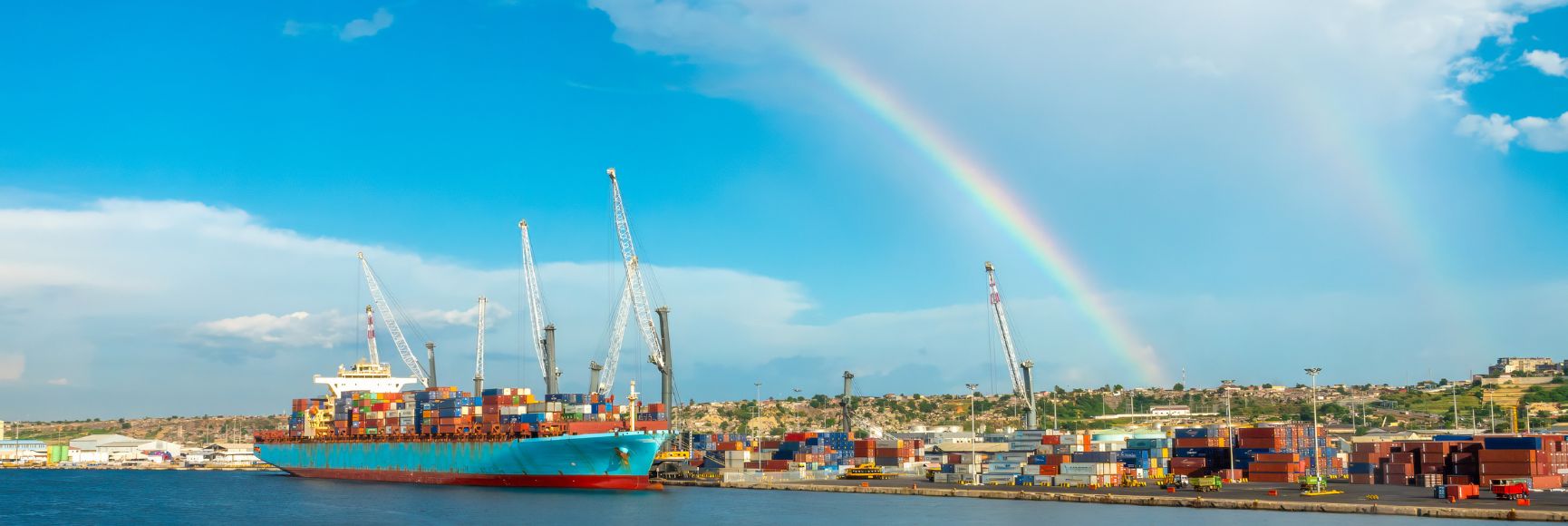Emerging economies are bracing for what could become a new sovereign debt crisis. Developing countries are set to pay a record $400 billion in external debt service in 2024 (World Economic Forum), a burden that threatens to divert resources from crucial development needs. From 2020 to 2023, there were 15 sovereign defaults, driven by pandemic fallout, war-related commodity shocks, and surging inflation (Reuters). As interest rates remain high and capital markets tighten, the risk of default is spreading across Sub-Saharan Africa, Latin America, and Southeast Asia.
Global Pressures on Emerging Markets
Tighter financial conditions and increased financing costs are currently being experienced by emerging markets. The cost of dollar-denominated debt has increased because of the swift raising of rates by central banks in advanced economies, particularly the U.S. Federal Reserve. At the same time, inflation and supply chain disruptions have compelled emerging central banks to increase rates, which has further weakened growth (Reuters). Many countries were left with elevated debt burdens because of pandemic-era borrowing. At present, numerous individuals are either unable to access markets or are required to pay double-digit yields to refinance.
Furthermore, the strength of the US dollar has increased the burden of external debt, with servicing costs rising in local currency terms. Countries with minimal reserves are particularly vulnerable, and many are witnessing capital outflows and currency depreciation. These forces are straining government budgets and raising the likelihood of fiscal slippage.
The situation is especially tough for countries that rely significantly on imports, as rising import prices and weaker currencies have strained current accounts. External shocks in these economies are causing budget hardship and social pressure.
Sub-Saharan Africa: The Debt Epicenter
Debt in Sub-Saharan Africa has roughly doubled in the last decade, with interest payments squeezing out fundamental state spending. According to the IMF and World Bank, 13 countries are at significant risk of financial crisis, with seven countries already unable to satisfy obligations. Ghana, Zambia, and Ethiopia have defaulted or entered into restructuring (IMF). Eurobond issuance is unusual and costly, such as Kenya's recent 9.75% bond (Center for Global Development).
The G20's Common Framework sought to streamline restructuring, but implementation has been delayed (Reuters). Zambia's case lasted three years. Even completed transactions, such as Chad's, provided little tangible relief. Meanwhile, aid flows are dwindling, and Chinese lending has slowed (Reuters), forcing many countries to choose between austerity and default.
Public dissatisfaction is escalating, leading to increased social tensions throughout the region. Protests in Ghana and Nigeria illustrate growing dissatisfaction with austerity measures and rising inflation. The challenges hinder reform initiatives and heighten the risk of political instability, thereby necessitating a more urgent approach to debt resolution.
Latin America: High Debt and Fiscal Pressures
Latin America's debt increased from 58% of GDP in 2019 to more than 70% in 2020. The IDB cautions that failing to reduce this figure to approximately 50% will leave the region vulnerable to future shocks (Reuters). Argentina's debt surpasses 100% of GDP, while inflation reaches 143% in 2023, resulting in significant IMF repayment obligations and bond discounts. Since 2020, both Ecuador and Suriname have entered into default.
Many nations are adopting fiscal tightening and managing liabilities. Mexico and Brazil are tightening deficit targets to bolster confidence. Growth continues to lag, projected at 1.9% in 2024, the lowest among all global regions (World Bank). Should fiscal reform falter, an increasing number of nations may descend into turmoil.
Investor sentiment continues to be polarized. Certain sovereign bonds present appealing yields; however, the specter of policy errors or political turmoil remains significant. Countries that possess robust institutions and reliable fiscal strategies are better positioned to maintain market access.
Southeast Asia: Resilience Tested
Southeast Asia has solid foundations but is vulnerable. Thailand raised its debt ceiling to 70% of GDP and will pay 13% of revenues in interest by 2026 (BNN Bloomberg). With debt exceeding 108% of GDP and inflation over 30%, Laos has started asset-for-debt swaps to avert default (Bloomberg).
Foreign risk is reduced by ASEAN states funding debt domestically, but capital outflows and dollar strength add pressure. Growth forecasts (4–5%) and investment interest from "China+1" industrial shifts are encouraging, but hazards remain if rates stay high or Chinese demand weakens.
Private sector and external vulnerabilities exist. Vietnam and Cambodia have substantial business and household debt. Non-sovereign defaults may increase market volatility as global liquidity tightens. External demand shocks affect the region due to its global value chain integration.
A Looming Crisis, But Not Inevitable
The turmoil in emerging market debt is significant, yet a comprehensive crisis is not a foregone conclusion. The IMF, World Bank, and G20 should expedite their debt relief initiatives. Countries need to enact fiscal reforms, enhance transparency, and stimulate growth to ensure sustainable debt management.
Innovative mechanisms such as debt-for-climate swaps and SDR recycling may effectively align debt management with developmental objectives (World Economic Forum). Failure to act promptly may lead to increased defaults, with repercussions felt worldwide. Coordinated policy and strategic investment can still pave a way through the turmoil.




